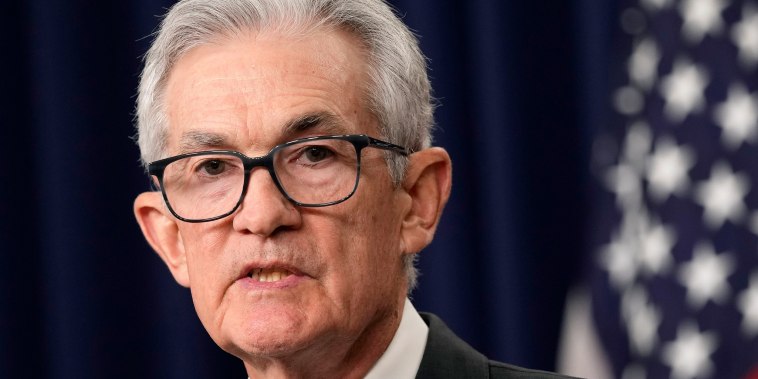
Why Delaying a Rate Cut? Unveiling the Benefits of the Fed’s Longer-Higher Rates Strategy
The Federal Reserve (Fed) plays a crucial role in shaping the financial landscape of the United States through its monetary policy decisions. One of the key tools the Fed uses to influence the economy is its control over interest rates. In recent times, there has been a debate about whether the Fed keeping rates higher for a longer period may have negative implications. However, looking at the broader economic context reveals that this approach may not be as detrimental as some fear.
One aspect of the argument in favor of the Fed keeping rates higher for longer is its impact on inflation. Low-interest rates can lead to excessive borrowing and spending, which in turn can fuel inflationary pressures. By maintaining higher interest rates, the Fed aims to moderate inflation and ensure price stability. This strategy can protect the purchasing power of consumers and maintain economic stability in the long run.
Moreover, keeping rates higher for an extended period can also incentivize saving and investment. When interest rates are low, individuals and businesses may be more inclined to borrow and spend rather than save. This can lead to asset bubbles and unsustainable economic growth. By keeping rates higher, the Fed encourages saving, which can provide a stable source of funds for investment and ultimately contribute to long-term economic growth.
Another benefit of the Fed maintaining higher rates is the ability to respond to future economic challenges. In times of economic downturn or crisis, the Fed may need to lower interest rates to stimulate borrowing and spending. If rates are already at historically low levels, the Fed’s ability to provide further stimulus through rate cuts may be limited. By keeping rates higher during periods of economic stability, the Fed preserves its capacity to respond effectively to unforeseen events in the future.
Critics of the Fed’s decision to keep rates higher for longer often cite concerns about the impact on borrowing costs and economic growth. Indeed, higher interest rates can make borrowing more expensive for consumers and businesses, potentially slowing down economic activity. However, a gradual and well-communicated approach to rate increases can allow market participants to adjust their expectations and behavior accordingly, minimizing disruptive effects on the economy.
In conclusion, while the Fed keeping rates higher for a longer period may face criticism from some quarters, it is essential to consider the broader economic rationale behind this strategy. By aiming to control inflation, incentivize saving and investment, and preserve policy flexibility for future challenges, the Fed’s approach to monetary policy can help maintain a healthy and sustainable economic environment. As always, careful monitoring and adjustments based on evolving economic conditions will be crucial to ensuring the effectiveness of the Fed’s policy decisions.
